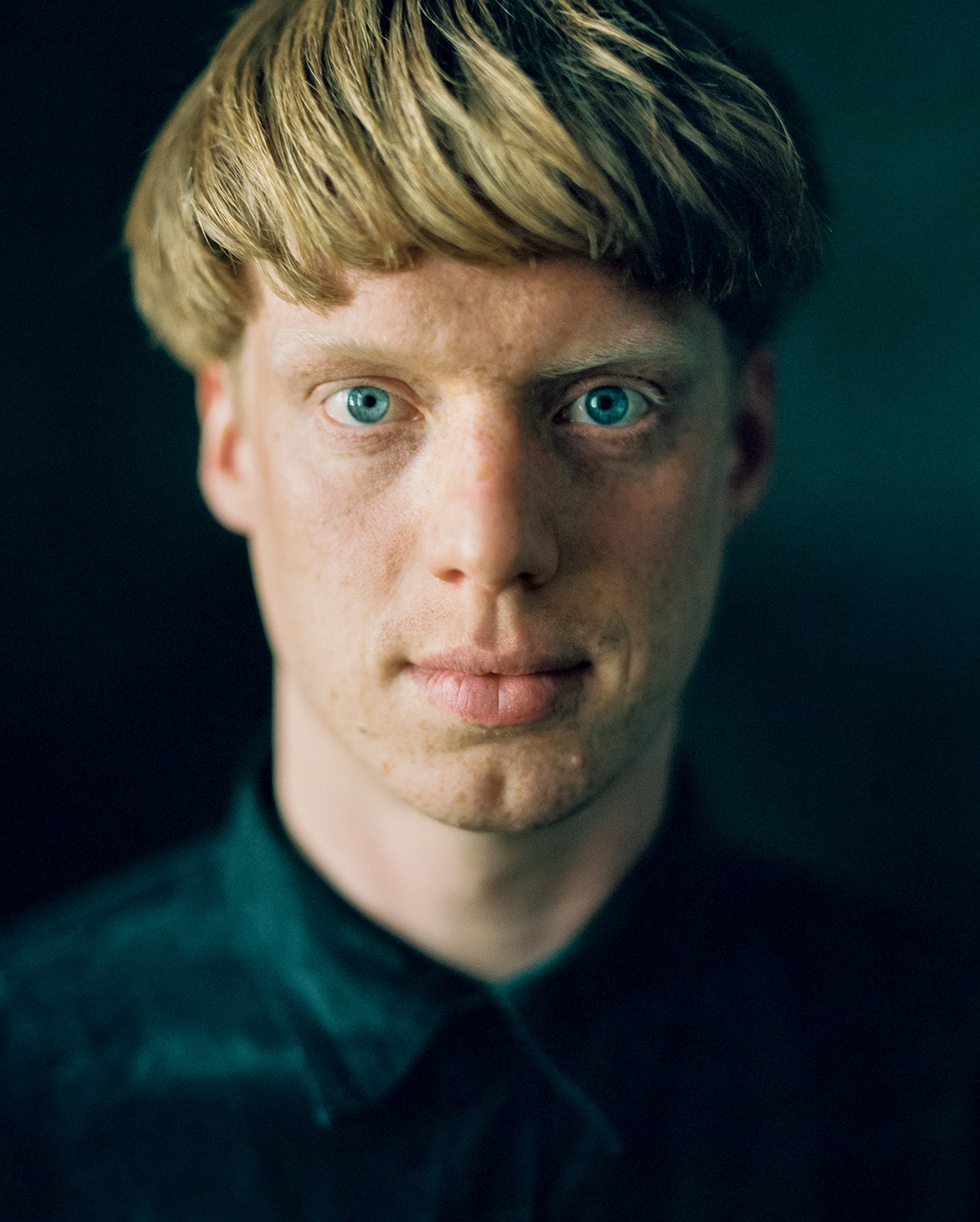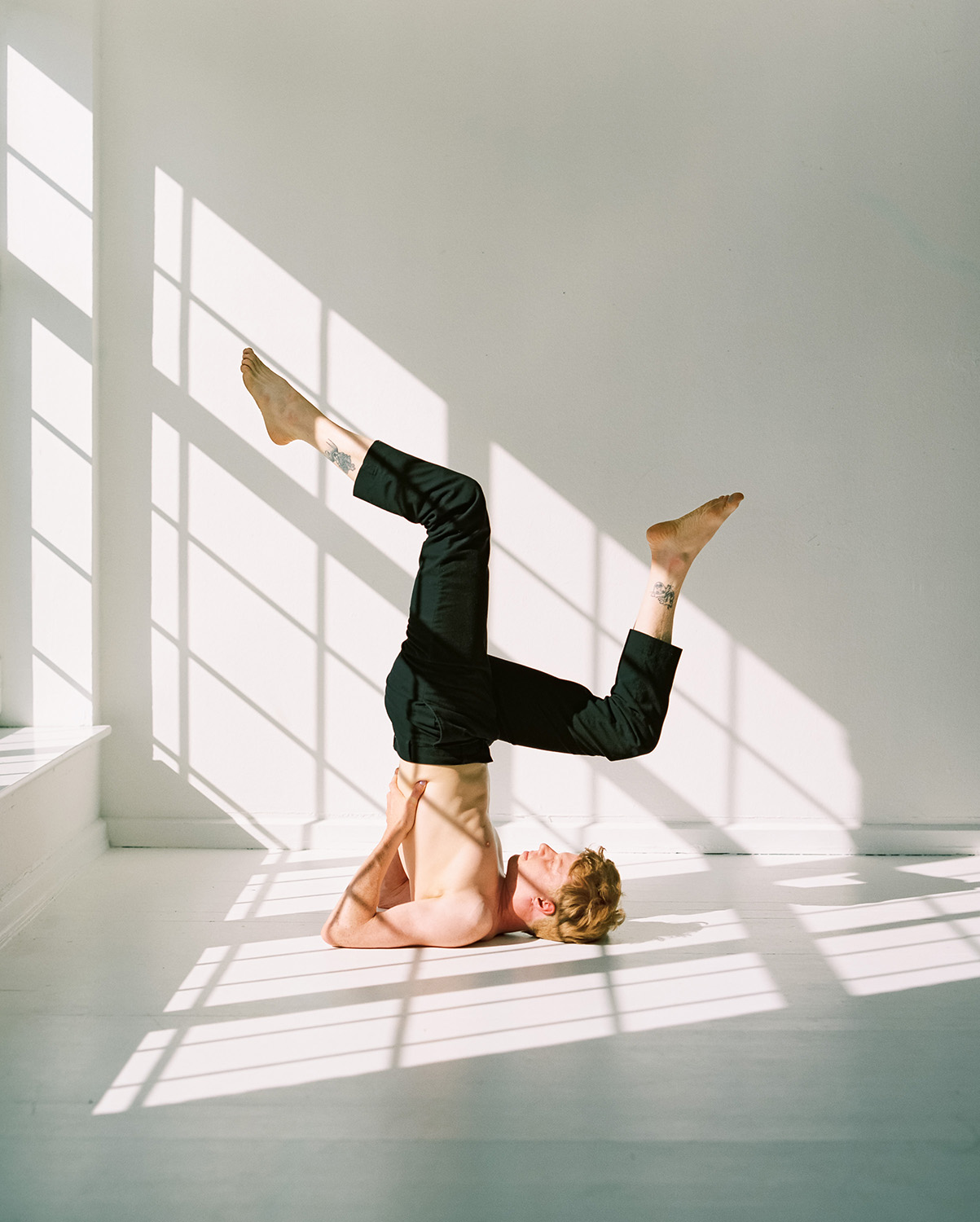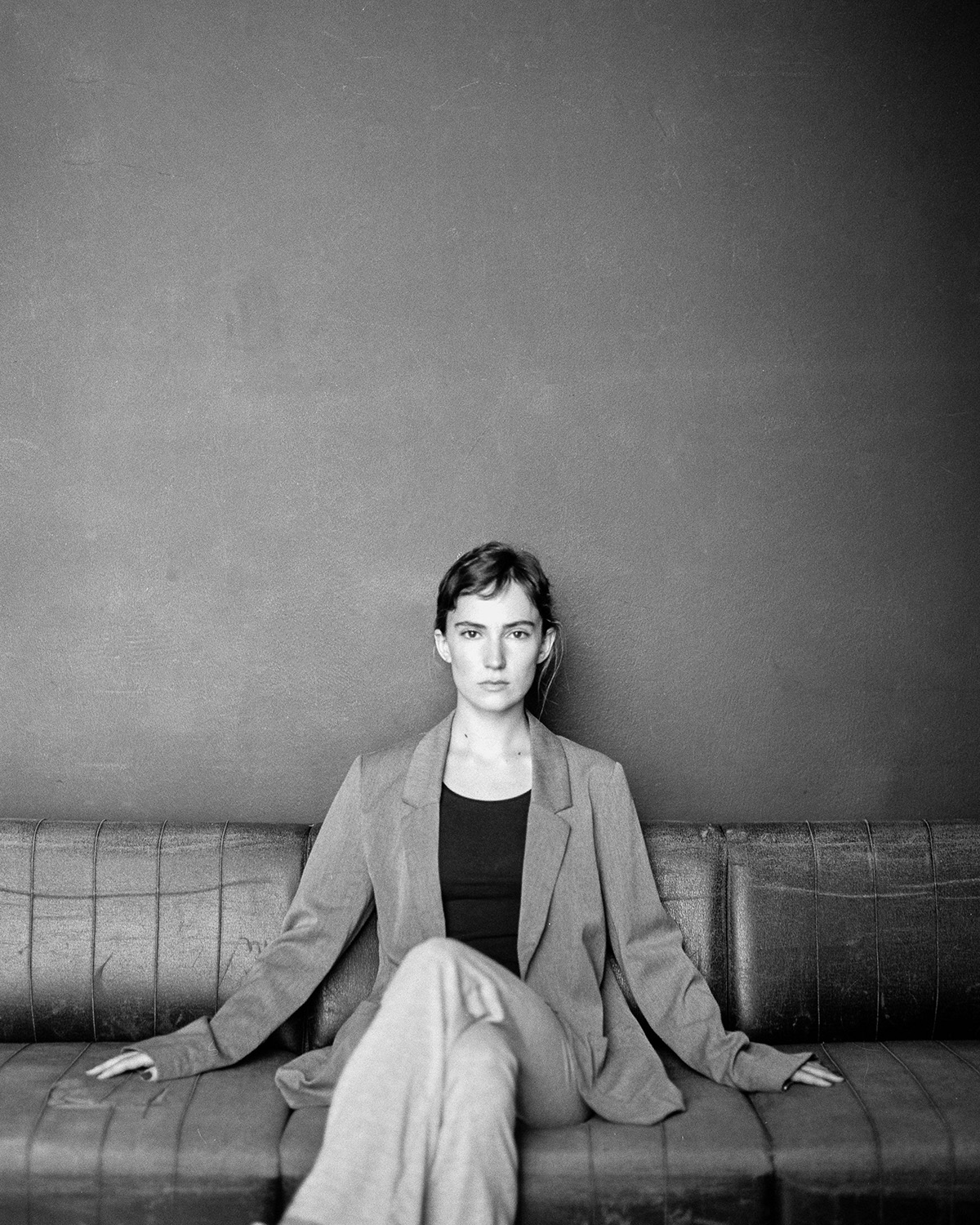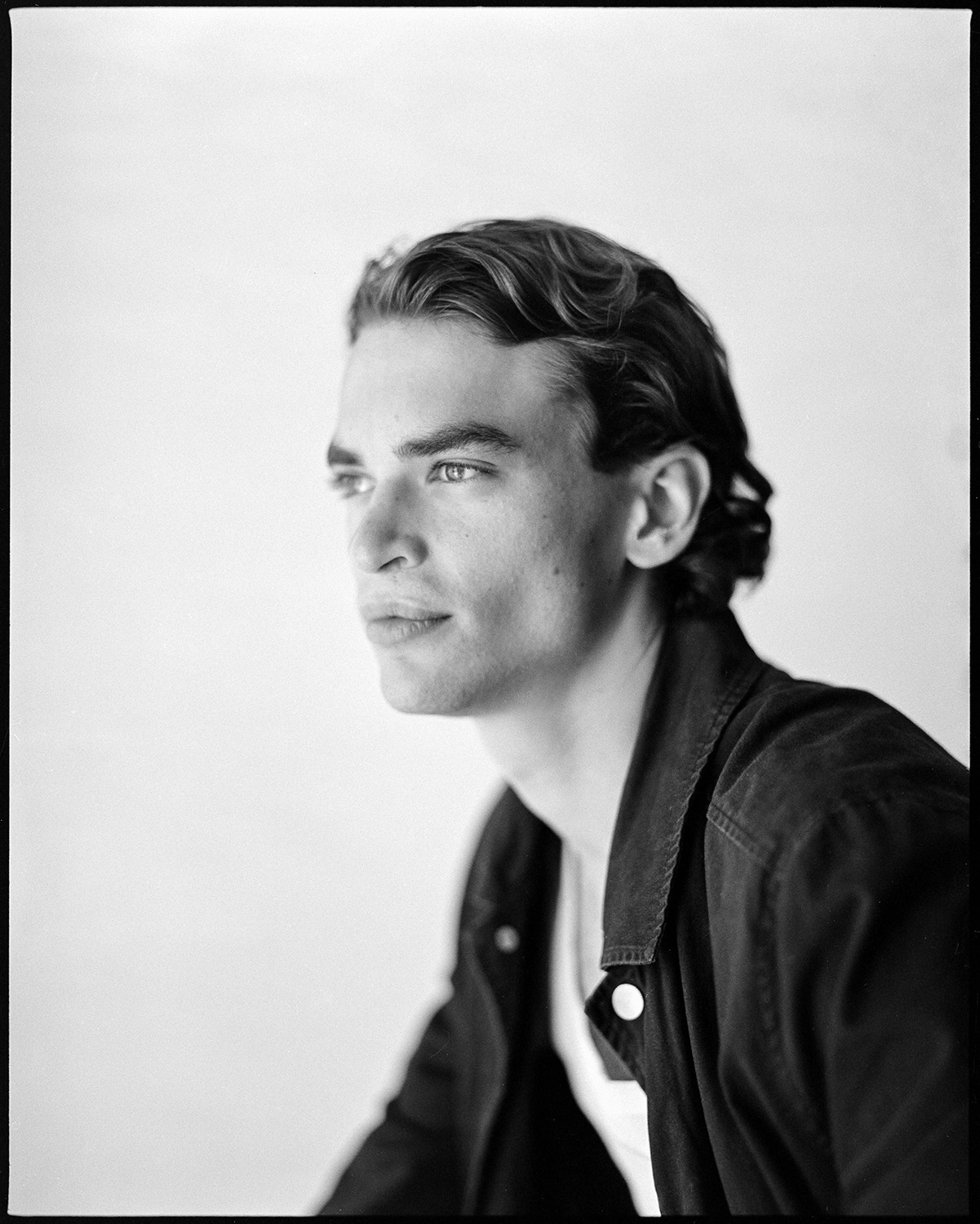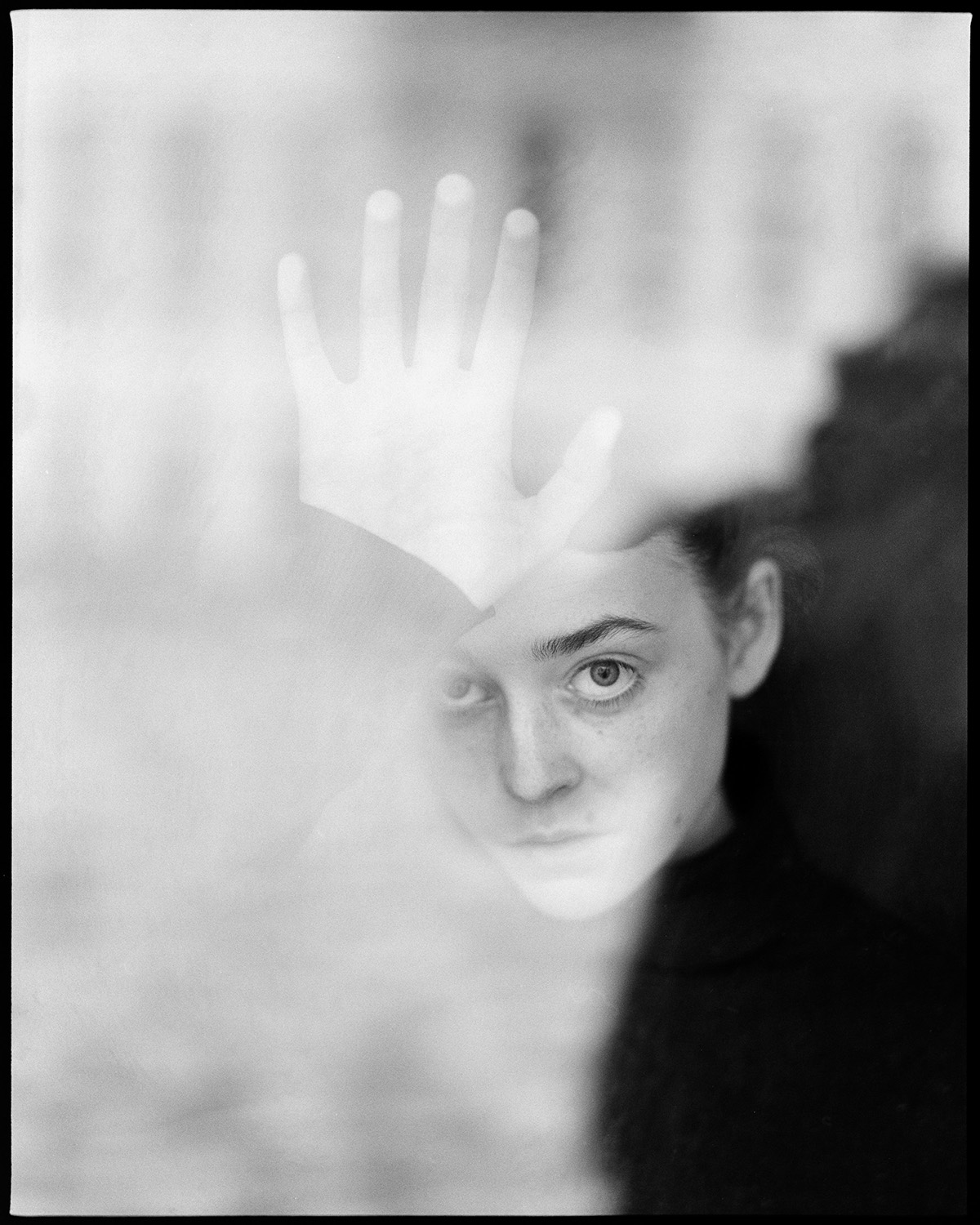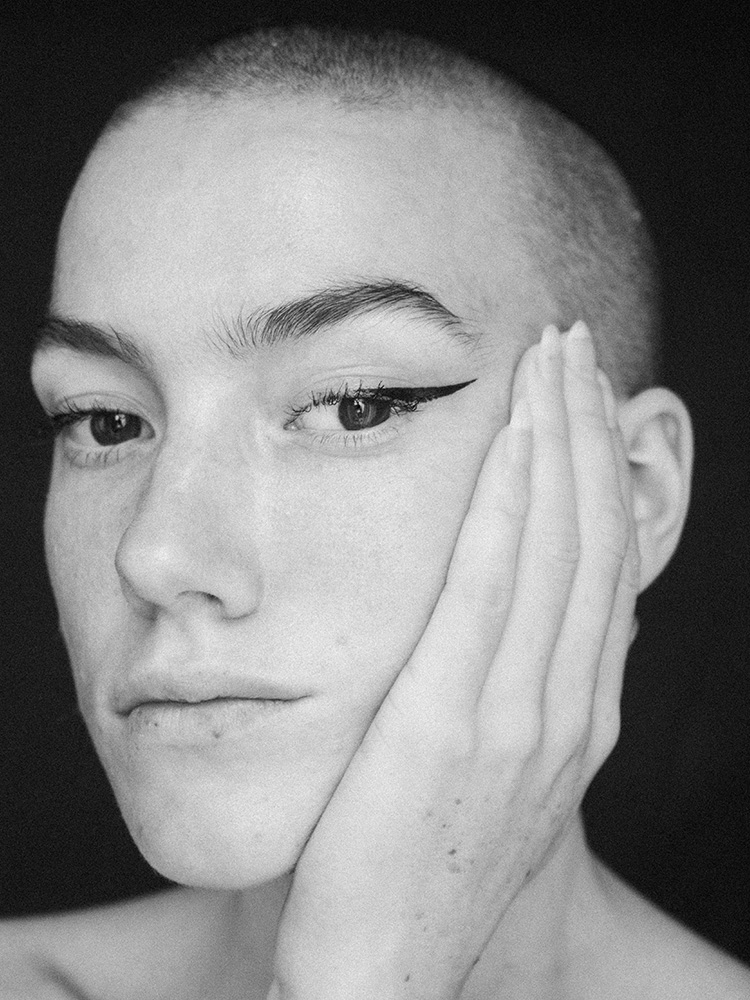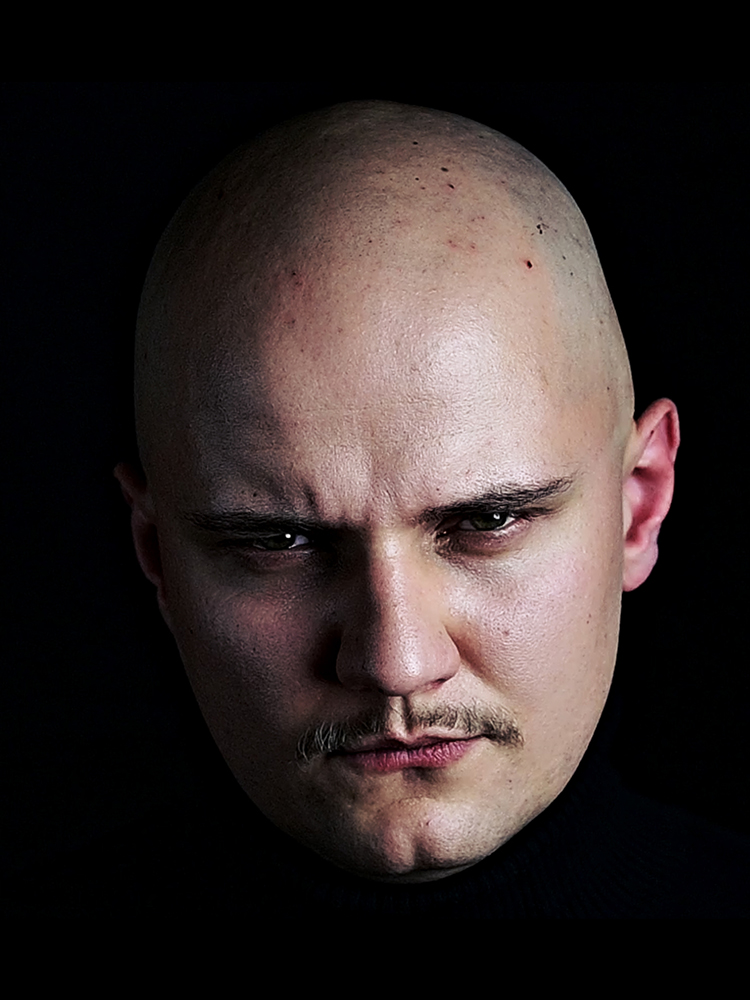
In conversation with
Erik Gross
Rostock, Germany
Hi Erik, please introduce yourself.
Hi, my name is Erik and I live and work in Rostock on the Ostseeküste. As a skateboarder I was photographed a lot for magazines, so I was in front of the camera. I was fascinated by the technology and the view through a (Nikon) FM2. In 2010, I bought myself a somewhat cheaper Canon AE-1 and that’s how it began. So I am self-taught and have only learned how photography works through my environment (friends and the internet) and through a lot of trial and error.
What does analog photography mean to you? What excites / fascinates you about it?
For me, it’s also a kind of valve, I can put a lot of emotions into it and express myself creatively. What appeals to me most is working with people. I find it exciting to get involved with new people again and again and to create something good together. Working on film makes the process even more challenging and exciting because I have to rely totally on my feelings.
In your opinion, what are the advantages and disadvantages of analogue photography?
Advantages: I stay more in the situation and am not so distracted. My concentration when taking photos is higher because the number of photos is limited.
Do you concentrate on a certain topic in your work?
Definitely portrait.
Are there (analogue) photographers who have influenced your aesthetic and approach?
Tamara Lichtenstein, Kate Bellm, Ryan Muirhead, Jan Scholz, Victor Trusov and Hannes Caspar
Do you have certain cameras and films that you prefer to work with?
I love the results of my Pentax67 with the classic 105mm 2.4. On 35mm I mainly use a Nikon FM2 with a 50, which has also served me faithfully for years. Otherwise, various point & shoots, but I’m not really committed to that. For black & white I only use Ilford HP5. For colour, it’s often a Portra 400 or 160, or sometimes a Kodak Gold.
Speaking of films: What does your workflow look like?
I did everything myself for a long time. From development to scanning. In the meantime I give a lot of colour to the lab and have it scanned for time reasons. I still do b/w myself and scan via digital camera and repro stand. In the processing I then remove fluff and adjust the tonal values to my taste.
What advice would you have for other photographers who are reading this interview?
In any case, take as many photos as possible to find out what you like or don’t like. That way, you automatically develop your own style over time. But that only works if you do something and remain critical of your own work. And don’t let it get you down, because there are so many great photographers out there. Just keep going.
If you publish your work on Instagram: curse or blessing?
Both. It’s a free platform that gives me the opportunity to show my work to a wide audience. Of course, algorithms are annoying because you might not be able to build up a particularly large account. But again, you have to ask yourself what the goal of Instagram should be for you. I’m more bothered by my own behaviour when I find myself scrolling for minutes on end without any added value.
Which 3 photo books can you recommend / should you definitely own?
Phew, that’s tough: Frank Ockenfels 3 – “Volume 3”, Annie Leibovitz – “A Photographers Life” and Christoph Anderson – “Son”
Thank you so much for your time!
Favorites
Pentax 67, Nikon FM2
Ilford HP5, Kodak Portra 400
Color & B/W
